Unlocking Solar Diversity: NYC's community solar option
Community solar has experienced enormous growth across the country over the past few years. From 2016 to 2019, the total capacity leapt from roughly 300 to 1400 megawatts (MW), more than quadrupling the supply. By 2020, community solar could reach between a third and a half of the total distributed PV market, according to the National Renewable Energy Laboratory (NREL). Most of that capacity and growth is in rural areas, but increasingly, urban rooftops offer an opportunity for solar development and could be the key to its diversification.
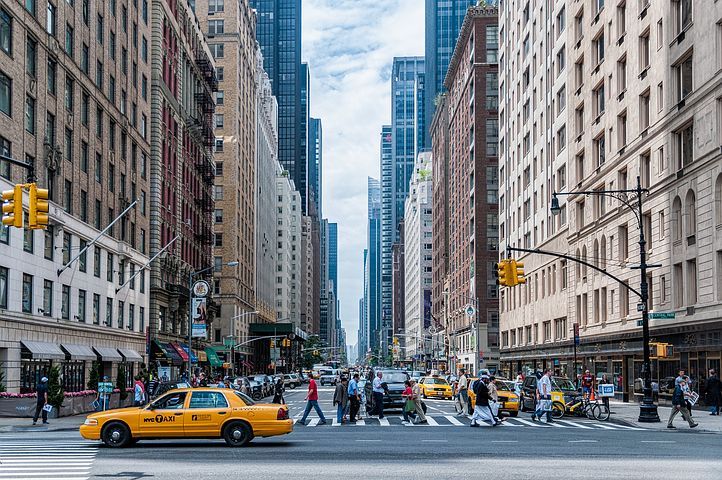 New York is a leader in the growth and development of the community solar market thanks to the NY-Sun Initiative, which gave the sector a $1bn boost. Enough community solar to supply an additional 120,000 homes is slated for development in the State. Governor Cuomo also recently increased the size cap on community solar projects from 2 to 5 MW, increasing the number of available household subscriptions from roughly 360 to 900, so individual projects can expand their reach.
New York is a leader in the growth and development of the community solar market thanks to the NY-Sun Initiative, which gave the sector a $1bn boost. Enough community solar to supply an additional 120,000 homes is slated for development in the State. Governor Cuomo also recently increased the size cap on community solar projects from 2 to 5 MW, increasing the number of available household subscriptions from roughly 360 to 900, so individual projects can expand their reach.
With all of this new solar power available, policy leaders are concerned that not all income groups benefit from it equally. Over forty percent of households in the U.S. classify as low-income (according to the U.S. Department of Housing and Urban Development definition of falling at or below 80 percent of the local median income). This market accounts for 49.8 million households, but half of these cannot support PV panels. Just under a quarter of the below median income households in New York state have access to solar energy.
Community solar presents an important solution, particularly for New York City residents, because it allows residents to access renewable energy without owning, building, or installing PV panels. And thanks to the offsite location of the shared solar array, users can subscribe regardless of their building unit type or home ownership status. In New York City, the breakdown of renters is 87 percent very low income, 77 percent low income, and 70 percent moderate income residents. At least 85 percent of all three income category groups live in multi-family units, according to the New York State Low- to Moderate-Income (LMI) Census. Renters and residents of multi-family units often lack the decision-making power to determine the energy source of their household. Regardless of these barriers, LMI households in New York City still deserve opportunities to get in on the community solar action.
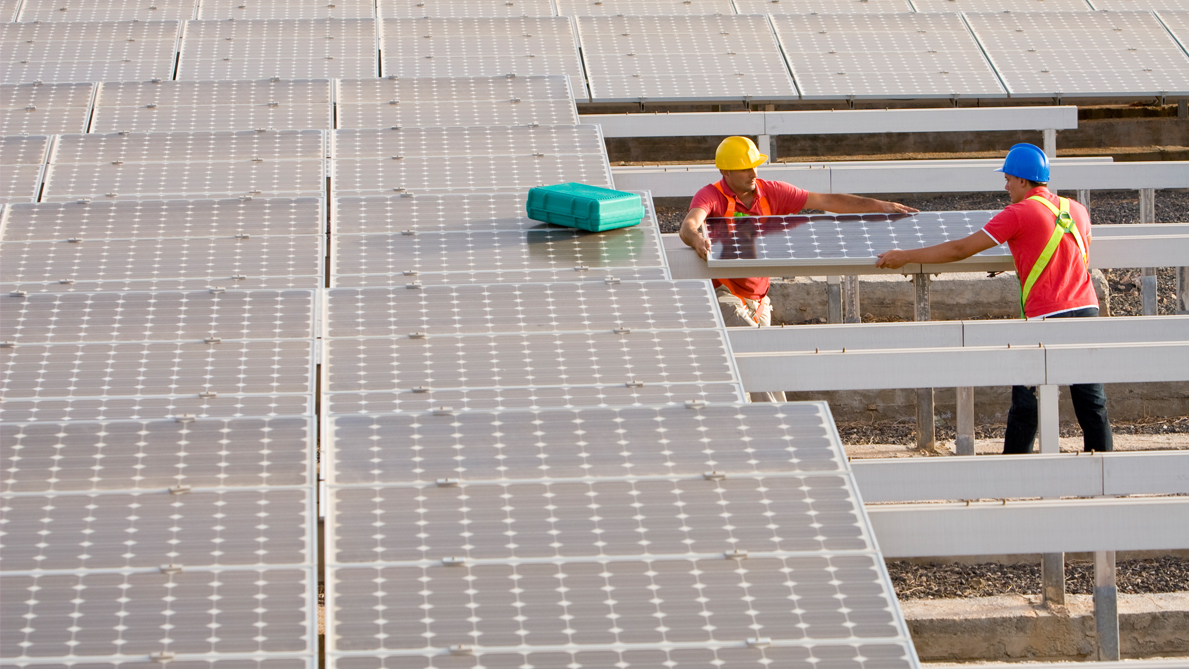 With community solar, multiple users draw from the energy generated by a large array of solar panels (PV) located offsite. This requires coordination between the solar project and its owner, the utility company, and the users. Participants either subscribe to the solar energy source, or become partial owners (some utilities offer premium subscriptions for this "boutique" service). Alternately, the savings on the cost of energy can be captured via virtual net metering (VNM) that tracks the off-site energy output, and adjusts users' electricity bills according to the net value of energy they have consumed. So far, sixteen states, including New York, have passed VNM legislation.
With community solar, multiple users draw from the energy generated by a large array of solar panels (PV) located offsite. This requires coordination between the solar project and its owner, the utility company, and the users. Participants either subscribe to the solar energy source, or become partial owners (some utilities offer premium subscriptions for this "boutique" service). Alternately, the savings on the cost of energy can be captured via virtual net metering (VNM) that tracks the off-site energy output, and adjusts users' electricity bills according to the net value of energy they have consumed. So far, sixteen states, including New York, have passed VNM legislation.
For participating VNM subscribers, not only can community solar lower their cost of energy (by 10 percent or more), but it enables tenants to access renewable energy without a large upfront expense. Tenants can also bring their subscription with them if they move - a great opportunity to bring renewable energy to LMI communities in large cities. In practice, however, not all users can easily access VNM community solar due to financing and policy-making difficulties. This is why state and local governments seek strategies to improve LMI access, and shrink the solar socio-economic divide.
The two most popular policy objectives include lowering energy costs for low- and moderate-income residents, and supporting a thriving local workforce. On average, low-income households spend 8.2 percent of their income on energy costs. Cities developing net cost reduction programs with VNM community solar could extend their efforts to curb those costs. Add in training and hiring from local communities, and the result is a win/win situation for the LMI community.
So far, LMI users still account for a very small percentage of community solar users. Most users are larger organizations like businesses, universities, government agencies, and upper income households. Only around five percent of the projects that supply LMI users exceed ten percent inclusion. Because community solar is often financed through premium pricing, high enrollment fees, or long payback periods when the solar array is partially owned, LMI participants don't see any immediate cost savings advantages. This obviously disincentivizes them from joining. Developers also lack incentives to attract low income customers.
A number of innovative approaches to achieving greater inclusion have been implemented across the states offering community solar. Most of these involve mandating a percentage of LMI participation, or making programs that cover the costs of LMI participants through alternate payment or credit rating structures. A recent initiative in New York state plans to cover the community solar enrollment fees and other costs for 7,000 low-income households. Another project, by the New York State Energy Research and Development Authority ("NYSERDA"), aims to benefit LMI communities by offering a third of the subscriptions for community solar contracts (amounting to 26.4 megawatts of capacity) free of cost.
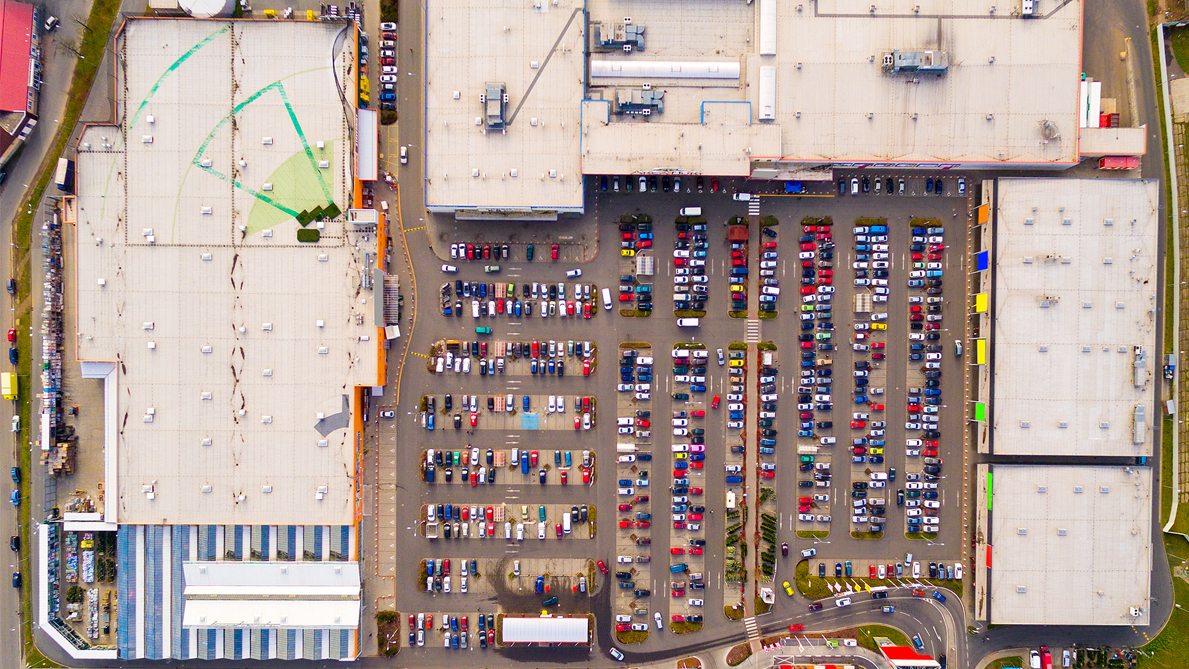 Apart from mandated inclusion, LMI households wishing to seek approval to a community solar program may be denied if their credit score is low or non-existent. To address this, the Green Jobs--Green New York program offers alternate qualification tiers for solar power and energy efficiency loans, where the focus is more on mortgage payment history and an added sliding debt-to-income ratio requirement. In Massachusetts, a test program qualifies LMI users for community solar based on a more comprehensive set of criteria including income data, FICO score, and repayment history on household expenses (utilities, rent and cellphone).
Apart from mandated inclusion, LMI households wishing to seek approval to a community solar program may be denied if their credit score is low or non-existent. To address this, the Green Jobs--Green New York program offers alternate qualification tiers for solar power and energy efficiency loans, where the focus is more on mortgage payment history and an added sliding debt-to-income ratio requirement. In Massachusetts, a test program qualifies LMI users for community solar based on a more comprehensive set of criteria including income data, FICO score, and repayment history on household expenses (utilities, rent and cellphone).
Community institutions may play the role of an anchor subscriber to absorb the fluctuating costs of participation, enabling even more LMI subscribers to join. Local NGOs or government agencies can also help find LMI subscribers, as well as carry the administrative burden of signing up participants for developers. Additionally, by keeping a waiting list of subscribers ready to join when other participants leave, community solar can reduce the likelihood of price variation.
Through well-planned policies, community solar has the potential to tackle a number of socio-economic disparities that LMI households face. Inclusive solar programs can reduce any stigmas that solar only benefits wealthy individuals. At the same time, it can reduce the long-term costs of energy while providing jobs for those most in need, reducing financial strain. Lastly, and most importantly, including LMI participants in community solar programs pushes solar forward as a viable mainstream option that reduces the consumer's cost of energy while accelerating widespread adoption.
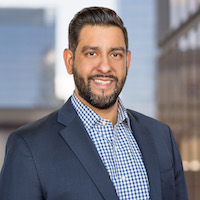 Manish Nayar is the founder and Managing Partner of OYA Solar. Manish has led the growth of the company and its resulting 1000MW+ North American development pipeline. Manish has developed, constructed or transacted on over 500MW of solar assets in the last 10 years.
Manish Nayar is the founder and Managing Partner of OYA Solar. Manish has led the growth of the company and its resulting 1000MW+ North American development pipeline. Manish has developed, constructed or transacted on over 500MW of solar assets in the last 10 years.
Oya Solar | oyasolar.com
Author: Manish Nayar
Volume: 2019 September/October









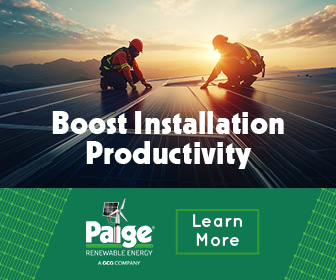
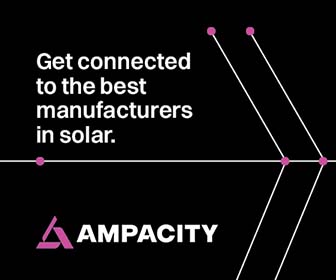
.png?r=5021)
